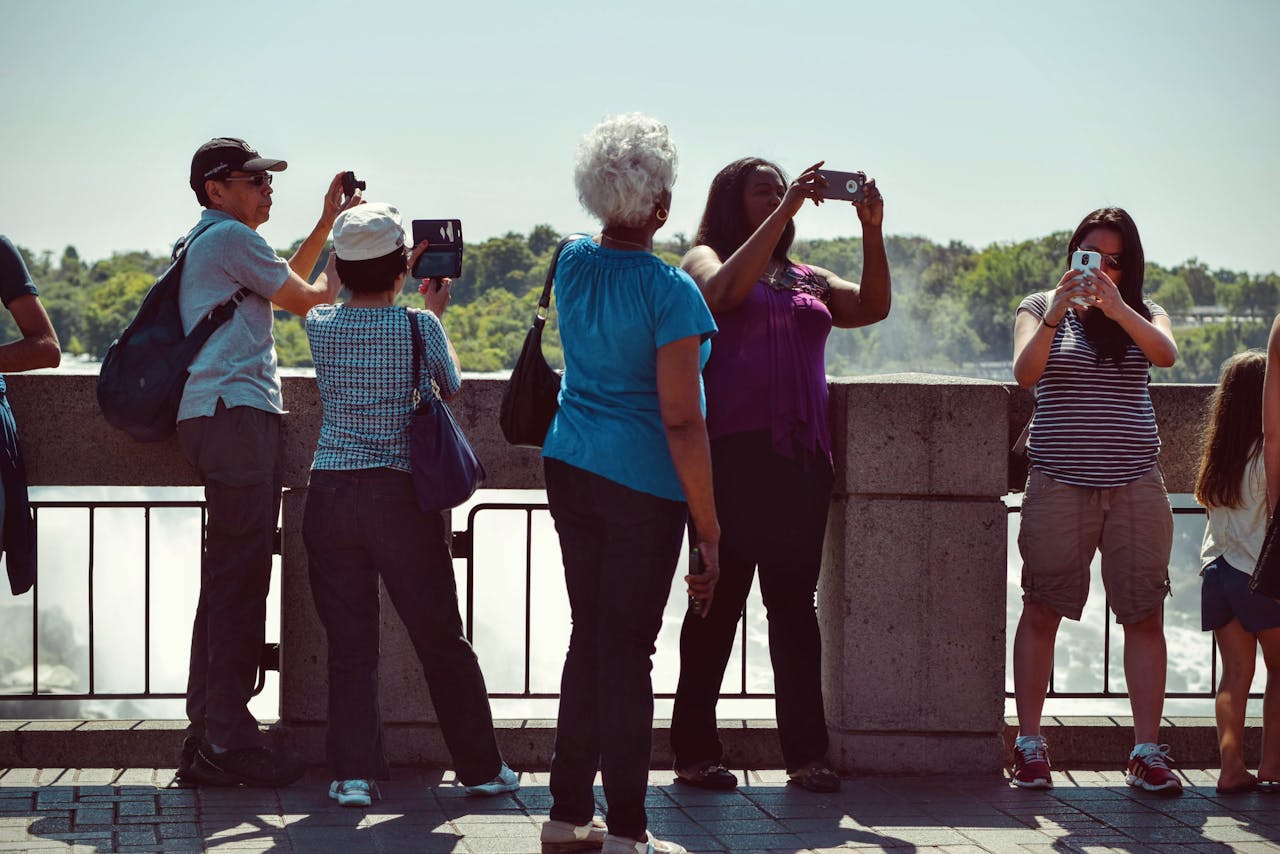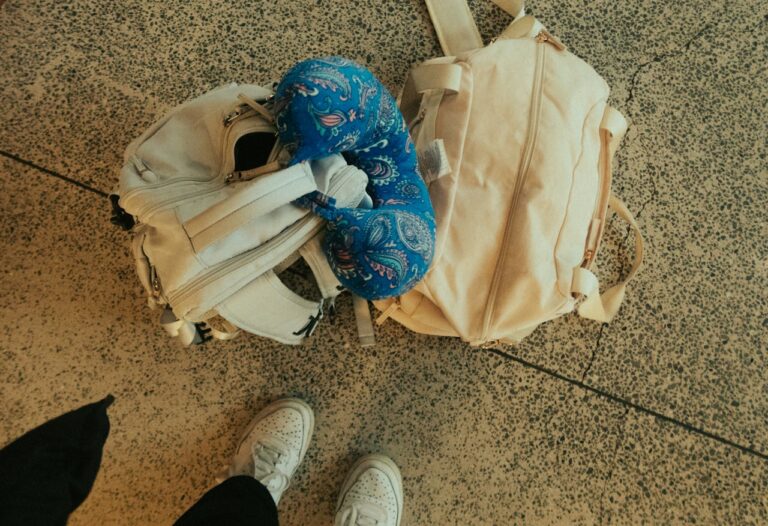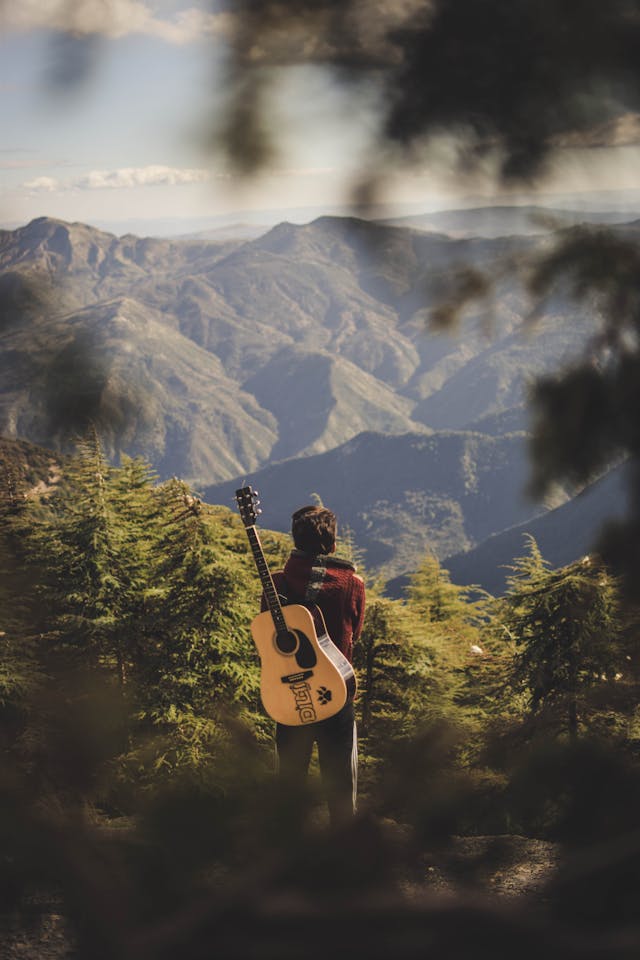Write Us: hello@ali5.org
How to Find Authentic Experiences Without Falling Into Tourist Traps
Discover how to find authentic travel experiences and avoid tourist traps with smart tips, local insights, and practical advice for meaningful adventures.

There’s something exciting about traveling to a new place. You picture yourself wandering quiet alleys, stumbling upon hidden cafés, chatting with locals, and tasting food that isn’t listed in any guidebook. But too often, what you get is long lines, overpriced souvenirs, and crowds snapping the same photo for Instagram.
That’s the reality of tourist traps. They suck the soul out of travel. But here’s the good news: it’s totally possible to sidestep them and still see what makes a destination special. You just need to travel a little smarter.
Let’s break down how to find authentic experiences, without pretending to be a local, and without falling into the same tired traps as everyone else.
What Exactly Is a Tourist Trap?
Before we talk about how to avoid them, let’s be clear on what we’re dodging.
A tourist trap is any spot or experience that exists mostly to profit from travelers, not to reflect the local culture. Think generic souvenir shops, overpriced food with fake “local” menus, and photo-op attractions that look better on Instagram than in real life. They often crowd out better options, and they rarely leave you with meaningful memories.
That’s not to say all popular spots are bad; some landmarks are famous for a reason. But when the focus shifts from genuine connection to pure commerce, that’s when it becomes a trap.
1. Do More Than Just Google the Top 10
It’s tempting to type “Things to Do in Paris” and follow the same list everyone else does. And sure, the Eiffel Tower is iconic for a reason. But if your entire itinerary is built off blog posts and TripAdvisor’s top attractions, you’re going to miss the real texture of a place.
Instead, go deeper. Search for niche forums, local blogs, or subreddits where people talk about daily life, not just tourism. Look for content created by locals, not just for tourists.
Keywords to search:
-
“hidden gems in [city]”
-
“[neighborhood name] local guide”
-
“where locals eat in [city]”
-
“non-touristy things to do in [city]”
Even better, if you know someone who’s been there (and not just on a cruise ship for 3 hours), ask them what stuck with them.
2. Stay in Neighborhoods, Not Tourist Zones
Where you stay shapes how you experience a city. Hotels clustered near landmarks often come with high prices and little character. You step outside, and it’s just other tourists, chain restaurants, and vendors selling knockoff bags.
Look for accommodations in residential areas instead. That might mean booking an Airbnb in a quieter neighborhood or choosing a locally-owned guesthouse instead of a big-name hotel.
You’ll likely find:
-
Better food
-
Lower prices
-
Actual locals going about their day
-
A slower, more authentic rhythm
Bonus tip: Take a walk around your temporary neighborhood early in the morning. Watch people open shops, walk their dogs, or grab coffee. That’s real life, and it’s fascinating.
3. Eat Where the Locals Actually Eat
One of the easiest ways to avoid tourist traps? Follow the locals at mealtime.
Avoid restaurants with laminated menus in ten languages and staff calling you in from the sidewalk. If a place is full of people speaking the local language, you’re probably in the right spot.
Here’s how to find better food:
-
Use Google Maps, but filter by reviews with photos in the local language.
-
Ask your host, not “Where do tourists eat?” but “Where do you go for dinner?”
-
Try hole-in-the-wall joints or local bakeries over fancy waterfront places.
And don’t be afraid to mess up an order. That’s part of the fun.
4. Choose Experiences Over Sightseeing
Instead of checking off a list of must-see sights, look for opportunities to actually do something.
That could mean:
-
Taking a cooking class from a local grandmother
-
Joining a walking tour led by a historian or activist, not a guide waving a flag
-
Volunteering for a morning at a local community center
-
Visiting a family-run farm or winery
These experiences often reveal more about a place than any museum or monument. Plus, they tend to be more personal, less crowded, and way more memorable.
5. Ask Questions, Make Conversations
One of the best things you can pack? Curiosity.
Talk to people, your driver, your host, the barista, the artist selling prints in the street. Ask where they like to go on weekends. What is their favorite meal?. What they think tourists always get wrong.
You don’t need to be fluent in the language. Even broken phrases and a smile go a long way. These little moments of connection often lead to unexpected recommendations or insights you won’t find in any guidebook.
6. Use Public Transport
Sure, taxis or tour buses are convenient. But if you really want to understand how a city moves, take the metro. Ride the bus. Use your feet.
You’ll notice things you wouldn’t otherwise, how people interact, how neighborhoods change from stop to stop, what daily life looks like. And you’ll blend in a lot more.
Pro tip: Learn a few key transport phrases beforehand, like how to ask where to get off or how to buy a ticket. It’s not just practical, it’s respectful.
7. Visit Off-Season or Go Off-Path
Timing matters. If you can travel outside peak season, do it. Fewer crowds, better prices, and more authentic experiences await.
And even within a popular destination, you can carve your own path. Instead of Cinque Terre, try the less-visited Ligurian coast. Skip Santorini and head to Naxos or Milos. Choose the smaller temple near the big one.
You’ll often find more peace and just as much beauty.
Final Thoughts
Traveling authentically isn’t about playing dress-up or pretending you belong. It’s about being present, respectful, and open. It’s about choosing substance over spectacle. And when you do that, you start to see the real heartbeat of a place, not just the version built for tourists.
So go ahead and take a few photos at the famous spots. But don’t let them define your trip. The real magic often hides in quiet places, unscripted moments, and meals you can’t pronounce but will never forget.







